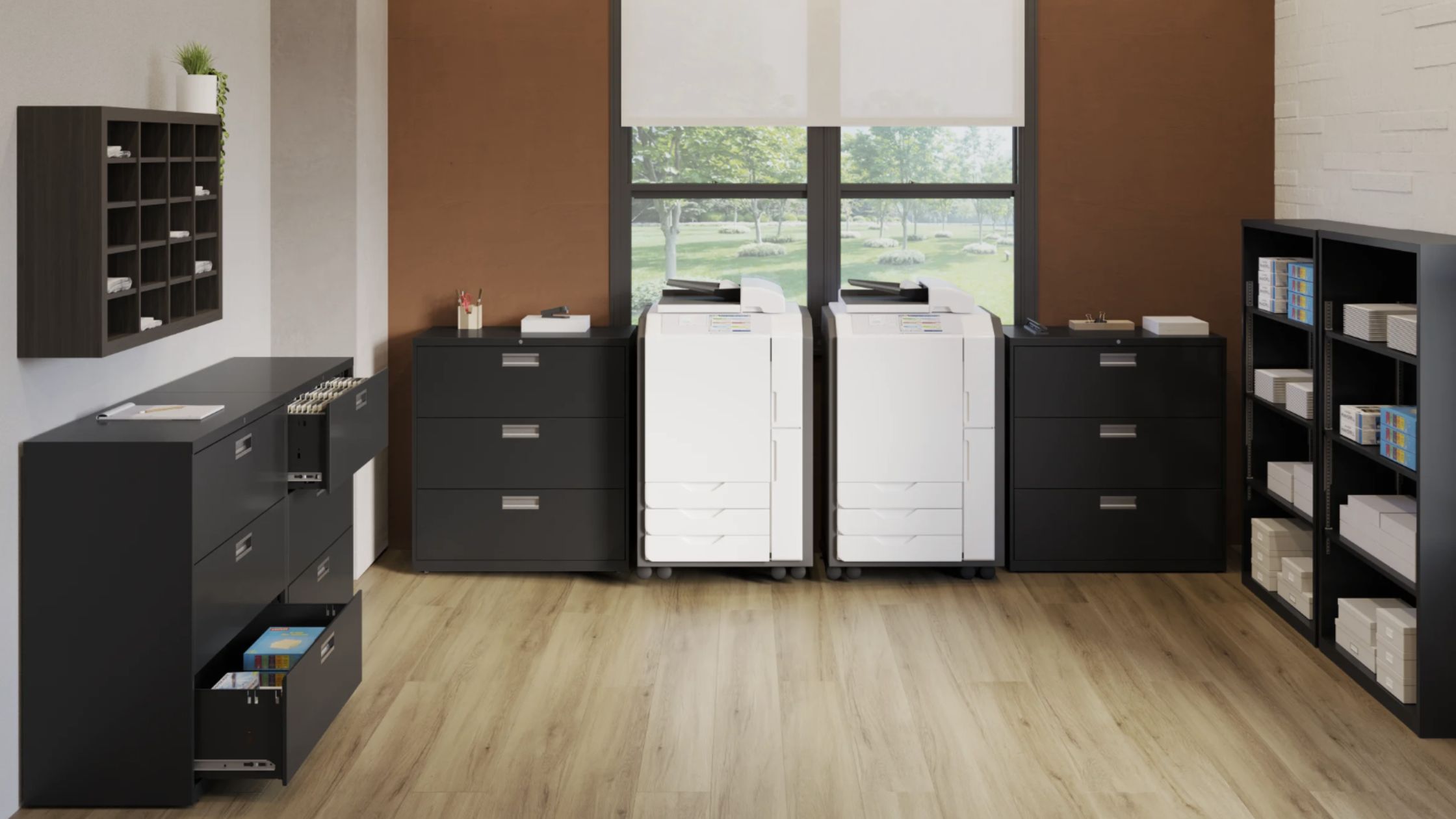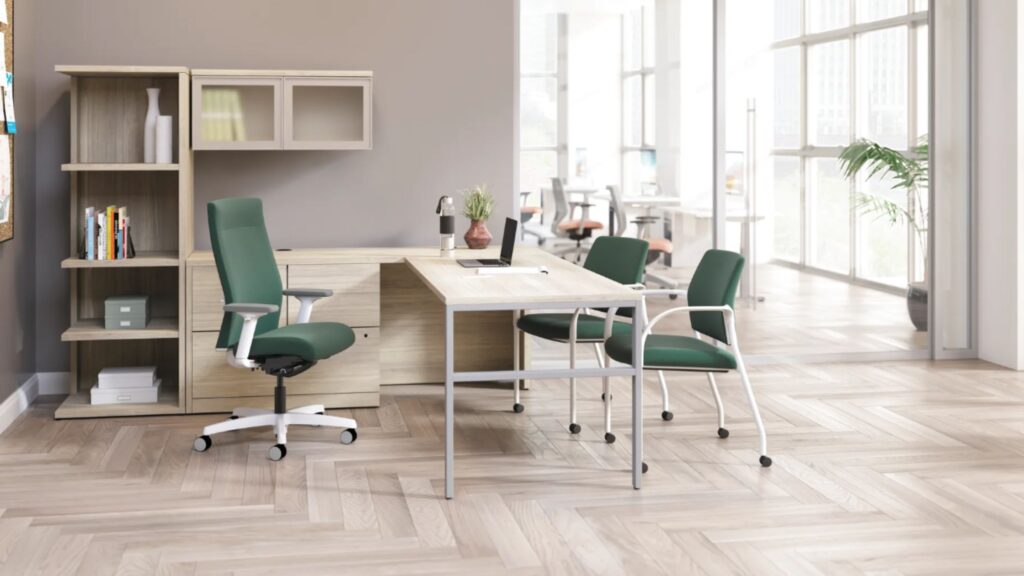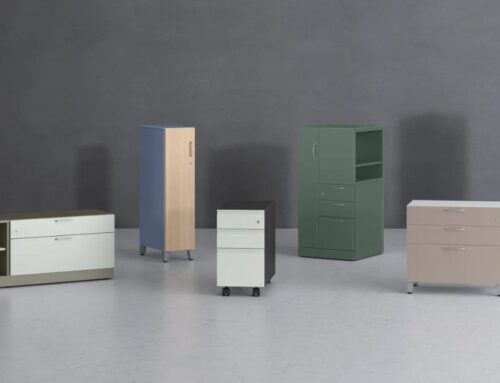
A good office is like a well-functioning machine. There are lots of different components, but they all work together in tandem to serve a purpose. Employees, management, equipment – the list goes on.
And if the office is the machine, then an office filing system is the fuel. You need it in order to properly function.
So, what happens when there’s no fuel? Your machine doesn’t run!
If you want to improve efficiency and productivity in the workplace, you’re going to need an effective office filing system. You can have the best, most qualified workers, or the most cutting-edge technology, but disorganized office files can stop productivity in its tracks.
Don’t be intimidated! Here are some tips to help you out. Read on to learn how to organize your office filing system!
1. Use a Clear & Consistent Naming Method
When learning how to organize an office filing system, the first step is to consider your file and folder names. You don’t want to have to sort through every single document in the office before you find what you’re looking for.
The name of the file alone should be enough to tell you if it’s the one you need. Keep it simple, but informative. Consider using abbreviation methods and including the date in the file name for easier organization and better clarity.
2. Dispose of Unnecessary Files
There’s no point in holding onto files you don’t need, and yet it’s extremely common in offices! Clutter can easily build up over time, taking up space and adding to the disarray of your office filing system.
It’s a good idea to schedule a time to go through old files. You might start with choosing one day every month to sort through all your documents and recycle and/or shred ones that you no longer need.
3. Avoid Overfilling
Another great way to declutter your files is to break down your folders into subfolders! If you have certain folders that are filled to the brim, consider creating subcategories to split up the documents. This organization within organization can bring order to the chaos.
4. Establish an Active File System
Active file systems are areas for files that you use and refer to regularly. This could also include actionable or time sensitive items. You can improve your office filing system organization by placing active files in an easily-accessible area so that you don’t have to dig through the system every time you need them!
5. Follow a Consistent File Order
Organizing office files can take many different forms. Categorical, alphabetical, chronological – the list goes on. Color-coding files is also a tried and true method that can help you find what you need from a single glance.
You could even use multiple methods in subfolders. For example, if you organize your main folders by category, you can organize the items in each category alphabetically.
6. Digitize, Digitize, Digitize
In an increasingly technological world, it’s important that offices stay up-to-date with modern organization methods. Digitizing your files will help you with that!
It’s an easy way to declutter the office and still archive files, which is good if you don’t have much physical storage space. It’s also easier to share online files with many people, and it’s better for the environment to boot!
Find the Best Office Filing System for You
Having a strong and well-organized office filing system is a surefire way to make sure your office operates smoothly. There’s no better way to create an efficient, productive, and healthy workplace environment!
Contact us to learn more about office organization!




